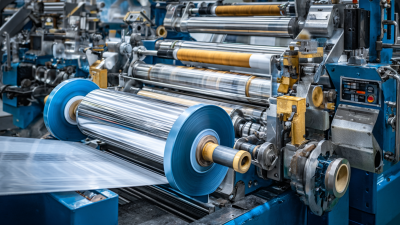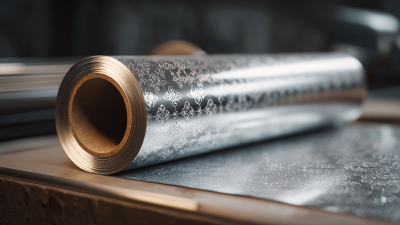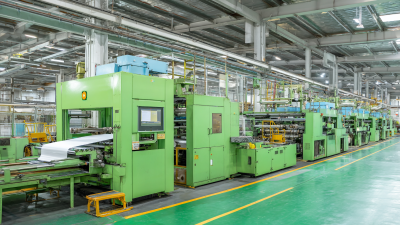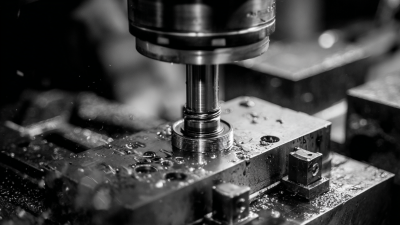Leave Your Message
-
Phone
-
Whatsapp
-
E-mail
The future of printing machines in sustainable manufacturing is a vital area of exploration, as industries increasingly pivot towards environmentally conscious practices. According to a report by Smithers Pira, the global market for sustainable printing technologies is projected to reach $300 billion by 2025, highlighting the growing need for innovative solutions in the printing sector. Printing machines, traditionally seen as energy-intensive and resource-heavy, are evolving through advancements in digital printing and eco-friendly materials. The integration of renewable energy sources and biodegradable inks can significantly reduce the carbon footprint associated with printing processes. Additionally, the rise of additive manufacturing technologies, which rely on precision printing machines, is poised to revolutionize production by minimizing waste and optimizing material use. As manufacturers strive to meet both consumer demand for sustainability and regulatory requirements, the role of printing machines is becoming increasingly critical in the transition towards a greener economy.

Advanced printing technologies are transforming the landscape of
sustainable manufacturing, marking a significant shift towards more
eco-friendly practices. Innovations such as 3D printing,
digital printing, and inkjet technology are paving the way for
manufacturing processes that minimize waste and reduce resource consumption. These technologies enable manufacturers to produce
parts and products on-demand, significantly lowering the need for excessive
inventory and reducing the carbon footprint associated with transportation logistics.
Moreover, the integration of advanced printing technologies facilitates the use of
sustainable materials.
Biodegradable inks and recycled substrates are becoming commonplace, allowing manufacturers to create products that align with environmentally responsible practices.
Additionally, the precision offered by these printing methods ensures that materials are utilized efficiently, further enhancing sustainability.
As industries continue to adopt these advanced printing solutions, they not only improve their operational efficiency but also contribute to a
greener future, showcasing how innovation can harmonize with ecological responsibility in manufacturing.
The integration of eco-friendly materials in modern printing processes represents a crucial step towards sustainable manufacturing. As industries increasingly recognize the environmental impact of traditional printing practices, there is a growing shift towards biodegradable inks, recycled papers, and sustainable substrates. These advancements not only minimize waste but also reduce harmful emissions, promoting a healthier ecosystem. By adopting these eco-conscious materials, printers can significantly lower their carbon footprint while maintaining high-quality output.
Moreover, the use of innovative technologies in printing presents an opportunity to enhance the efficiency and sustainability of the manufacturing process. Digital printing methods, such as inkjet and laser printing, enable precise applications of eco-friendly materials, reducing excess usage and promoting resource conservation. As manufacturers embrace these technologies, they pave the way for a future where printing not only meets aesthetic and functional needs but also aligns with environmental stewardship. The synergy between eco-friendly materials and modern printing techniques heralds a transformative era in the industry, driving meaningful change in how products are designed and produced.
| Material Type | Environmental Impact | Printing Technology | Recyclability | Carbon Footprint (Kg CO2/kg) |
|---|---|---|---|---|
| Biodegradable Plastics | Low | 3D Printing | Yes | 0.25 |
| Recycled Paper | Minimal | Inkjet Printing | Yes | 0.15 |
| Soy-Based Inks | Low | Offset Printing | Yes | 0.10 |
| Plant-Based Materials | Very Low | Digital Printing | Yes | 0.05 |
In the rapidly evolving landscape of sustainable manufacturing, innovative printing techniques play a crucial role in minimizing waste and enhancing efficiency. According to a report by Smithers Pira, the global market for sustainable printing is projected to reach $460 billion by 2025, with a growing emphasis on reducing environmental impact. Key technologies such as digital printing, which can reduce ink and material waste by up to 50%, are leading the charge. Furthermore, advancements in software solutions enable printers to optimize job runs, subsequently decreasing energy consumption and improving overall resource management.
Tip: Implementing regular training for printing staff can greatly enhance their understanding of sustainable practices. Employees who are knowledgeable about waste reduction strategies can contribute to a more efficient workflow and lower environmental impact.
Moreover, innovations such as water-based inks and biodegradable substrates have emerged as vital components in the quest for sustainability. These materials not only limit harmful emissions but also promote a circular economy by ensuring that end products are more easily recyclable. With the demand for eco-friendly printing solutions on the rise, manufacturers must stay ahead by investing in these cutting-edge technologies.
Tip: Consider conducting an annual assessment of your printing processes to identify areas where waste can be reduced. Simple changes, such as optimizing layouts and managing inventory more effectively, can lead to significant waste reductions over time.
Digital printing is making significant strides in enhancing resource efficiency and sustainability in manufacturing. According to a report by Smithers, the global digital printing market is projected to reach $25.7 billion by 2025, driven by its ability to minimize waste and optimize production processes. Unlike traditional printing methods, digital printing eliminates the need for plates and allows for on-demand production, reducing excess inventory and resource consumption. This method can result in up to 30% less material waste compared to conventional printing techniques, making it an ideal choice for environmentally conscious manufacturers.
Tips: To maximize the benefits of digital printing, consider integrating print-on-demand practices into your production workflow. This approach not only minimizes waste but also caters to customization, allowing companies to meet specific consumer demands without overproducing items.
Moreover, the shift to digital printing aligns with sustainability goals by enabling the use of eco-friendly inks and recyclable materials. Research indicates that businesses adopting digital solutions have reduced their carbon footprints by an average of 22%. As companies increasingly focus on sustainable practices, investing in digital printing technologies can provide a competitive edge while contributing positively to the environment.
Tips: Regularly evaluate your printing processes and materials. Switching to sustainable inks and substrates can further enhance your environmental performance and appeal to a growing market of eco-aware consumers.
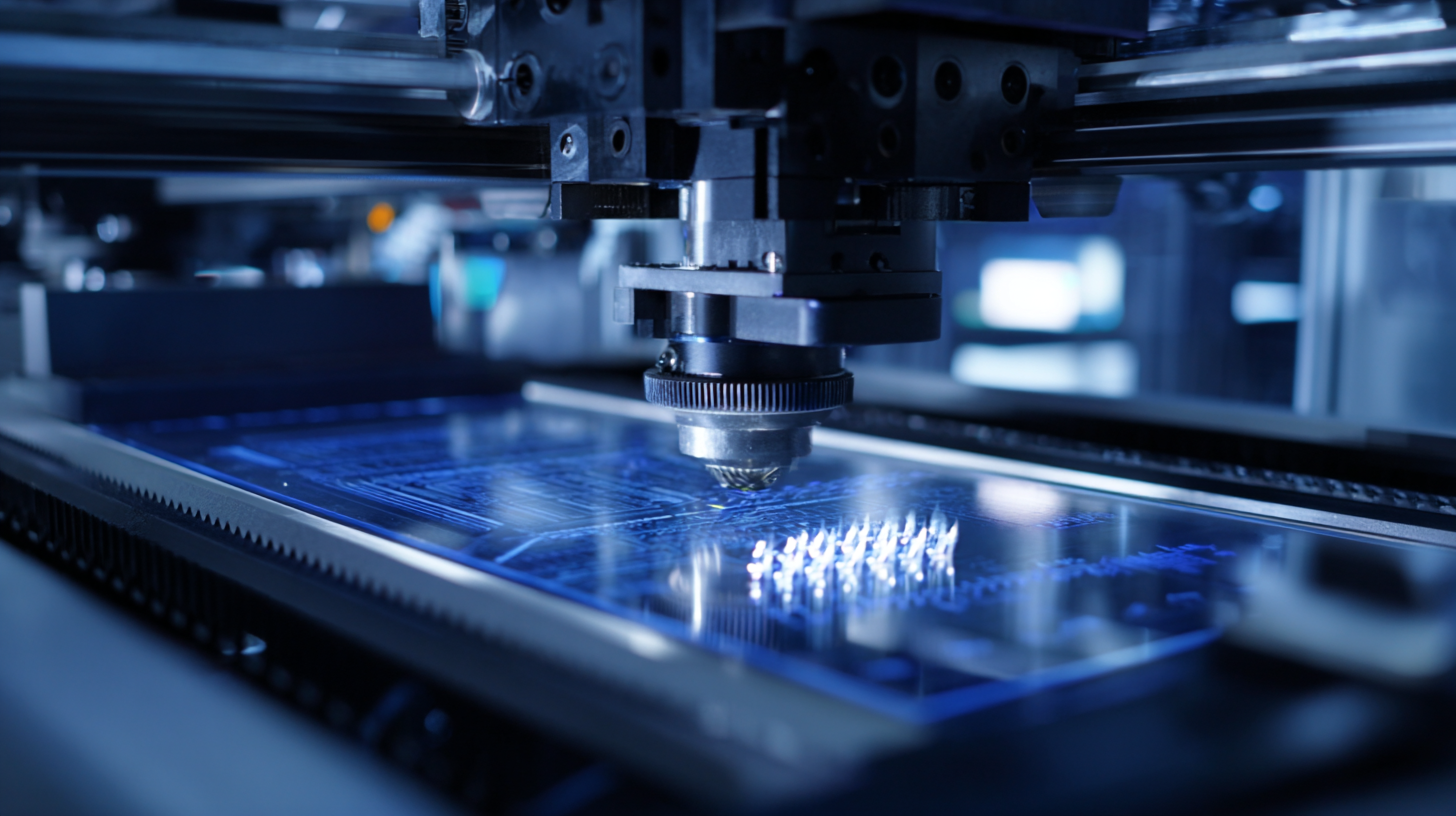
The future of printing machines is poised to make significant strides in sustainable manufacturing, with trends highlighting the integration of eco-friendly materials, energy-efficient technologies, and waste reduction techniques. According to a report by Smithers Pira, the global sustainable printing market is projected to reach $431 billion by 2026, underscoring the industry's shift towards more responsible practices. Innovations such as 3D printing and digital inkjet printing are leading the way, offering manufacturers the ability to utilize biodegradable materials and reduce energy consumption by up to 60%.
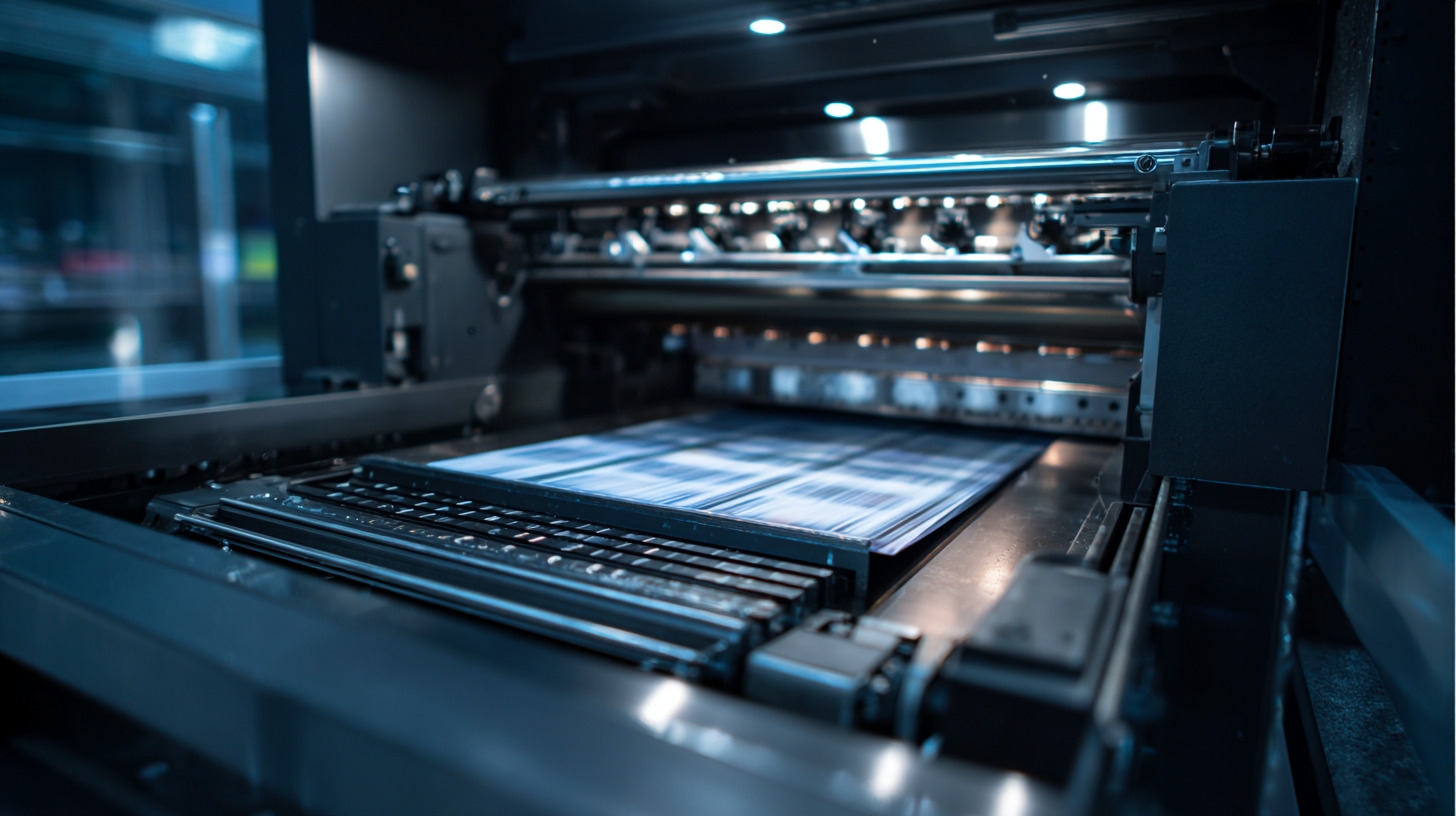
Tips: To ensure your printing processes align with sustainability goals, consider adopting digital printing techniques that minimize waste and utilize fewer resources. Additionally, investing in energy-efficient equipment can significantly lower your carbon footprint, while exploring the use of recycled materials in printing can enhance both environmental and brand integrity.
As the demand for environmentally-friendly production increases, manufacturers must stay ahead of the curve by embracing these technological advancements. The industry's future lies in the ability to not only meet client needs but also contribute positively to the ecosystem. Reports suggest that companies prioritizing sustainable practices may see up to a 20% increase in market share, showcasing the financial benefits interwoven with ecological responsibility.

